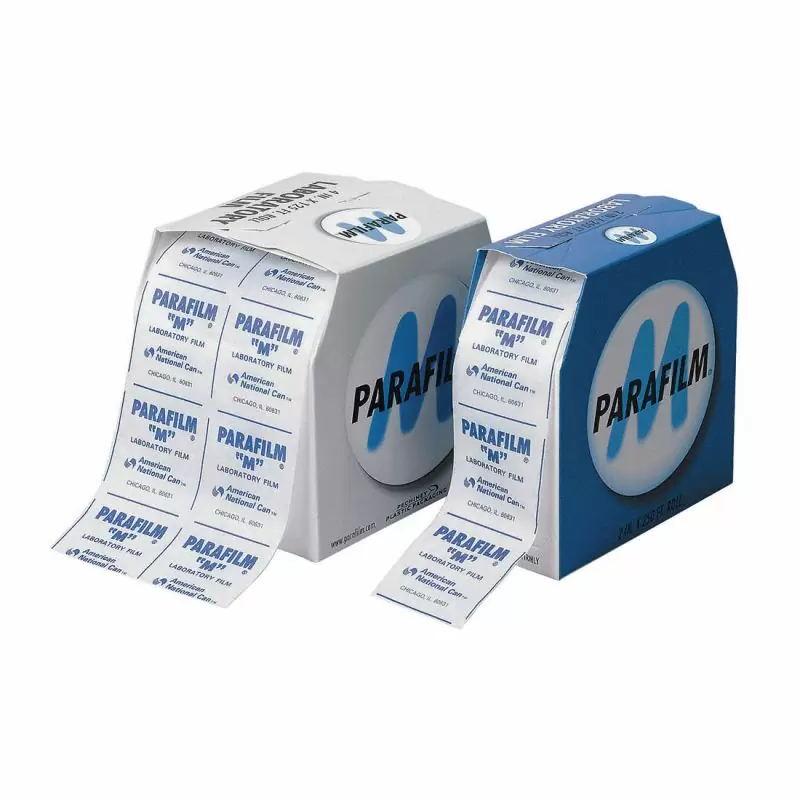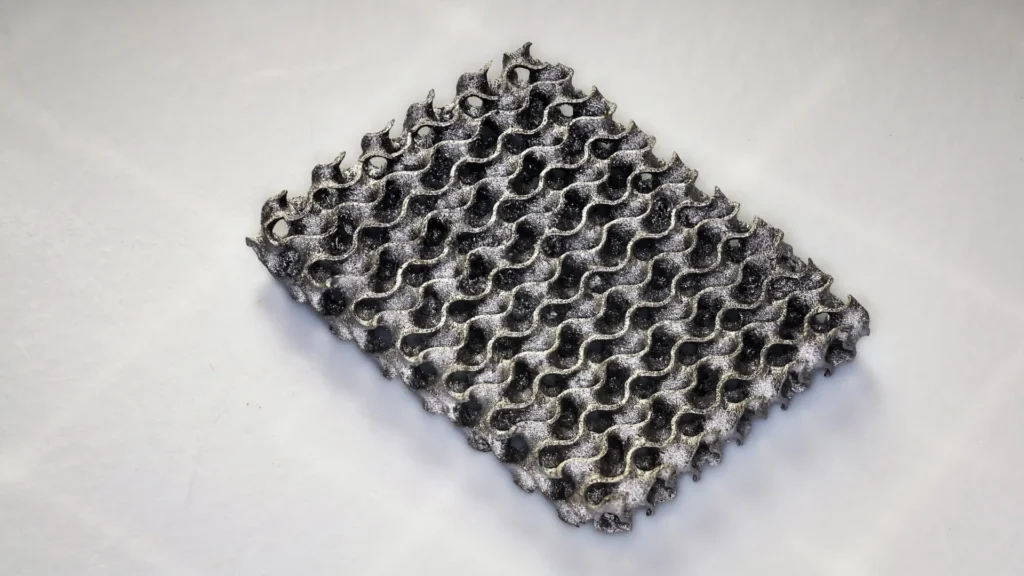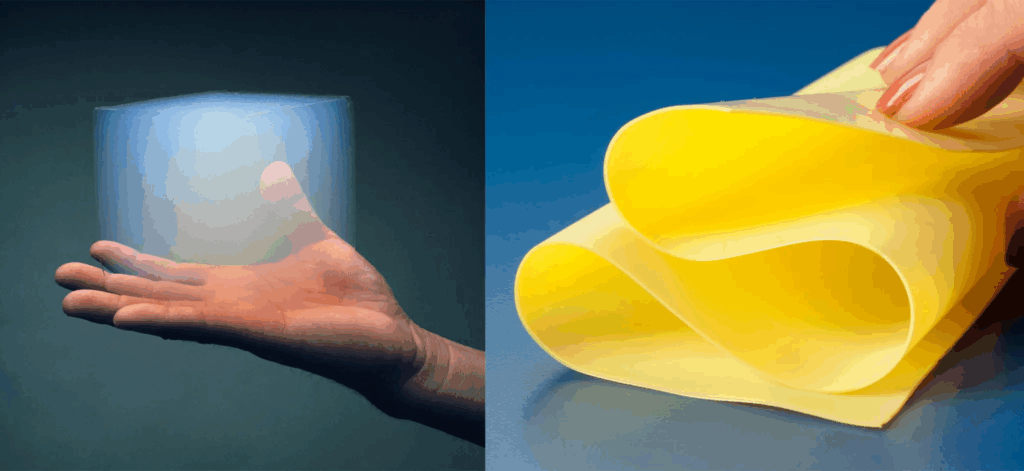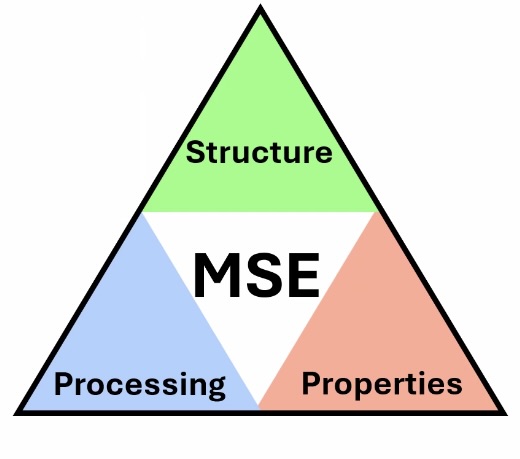
Just yesterday I was in my AP Bio class conducting an osmosis lab. Part of this required us to cover the solutions we created with a lid, but our teacher didn’t have enough for each student. As a result she gave us a roll of “tape” and told us to stretch it out. It was way too small to cover the entire mouth of the beaker—it’s safe to say I had my doubts. My partner and I took the tape, stretched it out, and it worked perfectly. In this very moment, I found myself asking: “What material is this?”
Parafilm
Parafilm is a flexible, thermoplastic sealing film made from a blend of polyolefins and paraffin wax. This combination gives it a unique balance of strength, elasticity, and self-adhesion, allowing it to stretch up to twice its length without tearing and form airtight seals around irregular surfaces. In materials terms, Parafilm is valued for its semi-crystalline polymer structure, which provides both flexibility and durability. Its low permeability to water vapor and many gases makes it ideal for preventing evaporation or contamination in laboratory settings. Additionally, it is chemically inert and resistant to mild acids, bases, and aqueous solutions, preserving the integrity of materials it touches. From a materials science perspective, Parafilm is an excellent example of how blending a soft, low-melting component like wax with a tougher polymer matrix can yield a material that combines elasticity, adhesion, and environmental resistance.

References
Gopal, N., et al. “Towards the Development of Flexible Carbon Nanotube–Parafilm Nanocomposites and Their Application as Bioelectrodes.” RSC Advances, vol. 11, no. 54, 2021, pp. 34193–34205, pubs.rsc.org/en/content/articlehtml/2021/ra/d1ra01840j, https://doi.org/10.1039/d1ra01840j.
“Parafilm M.” Agarscientific.com, 2025, www.agarscientific.com/parafilm-174.









